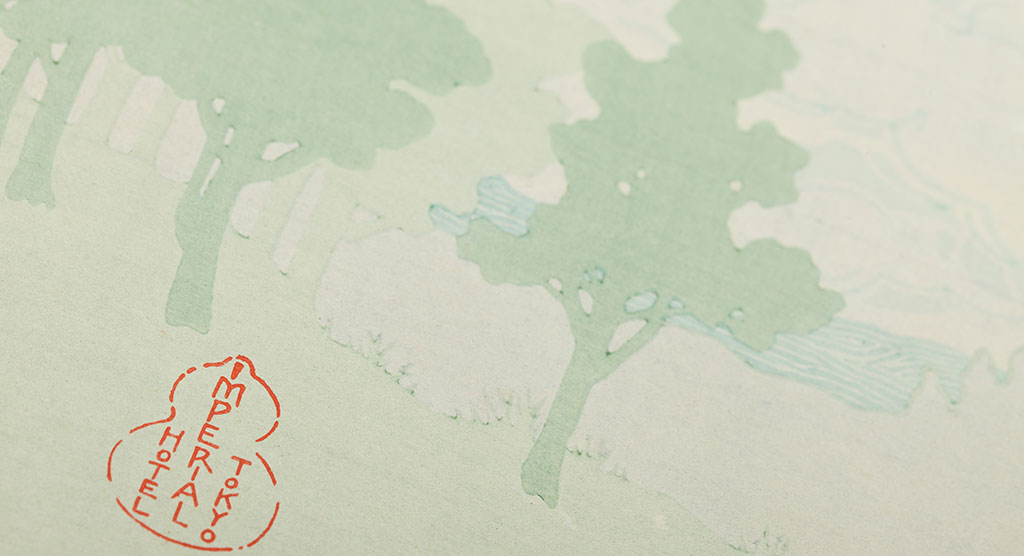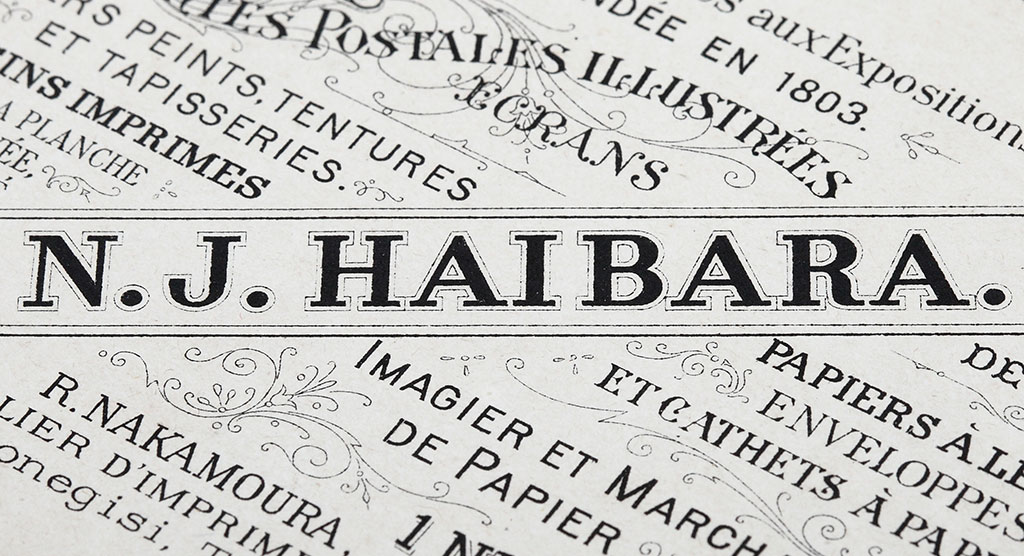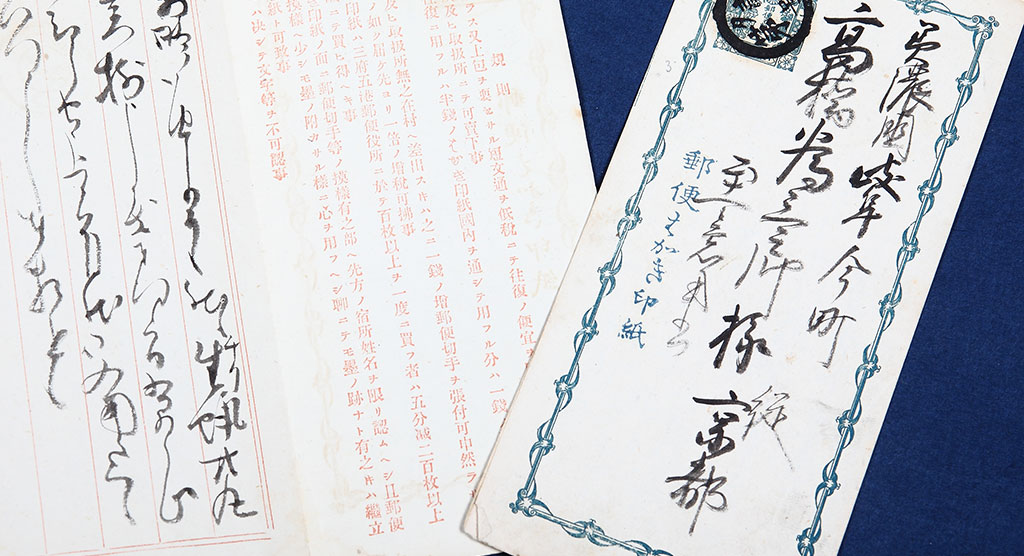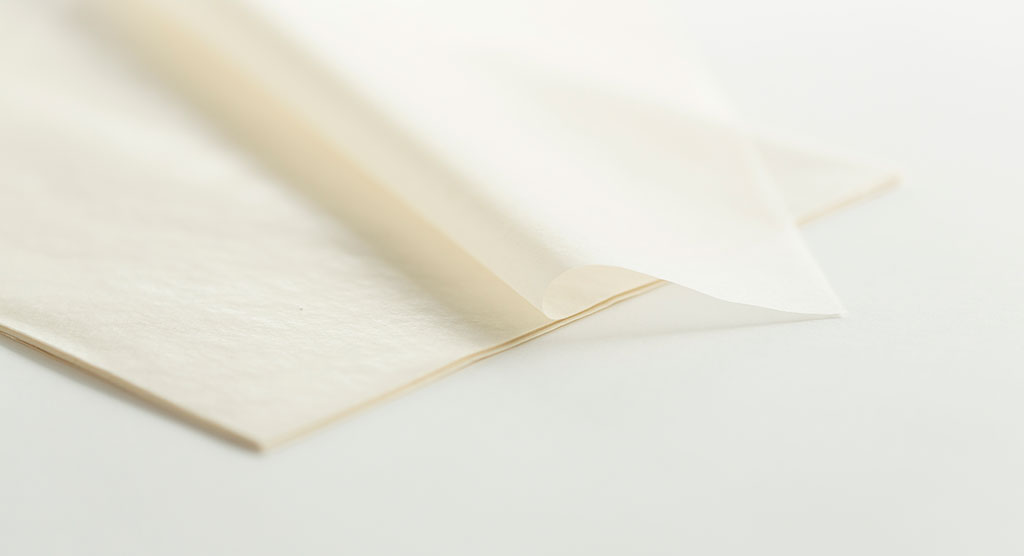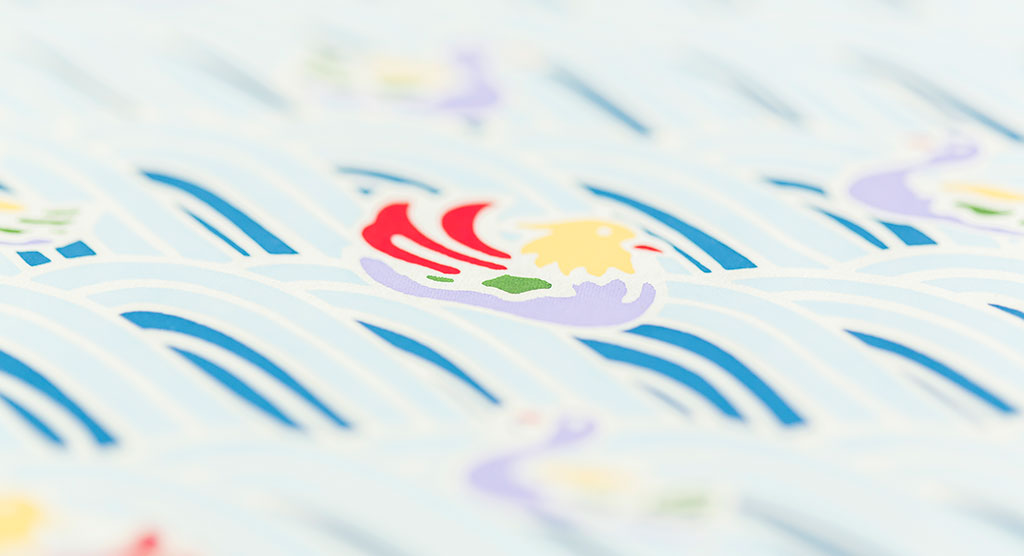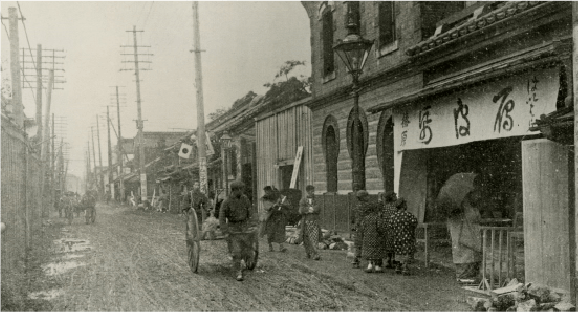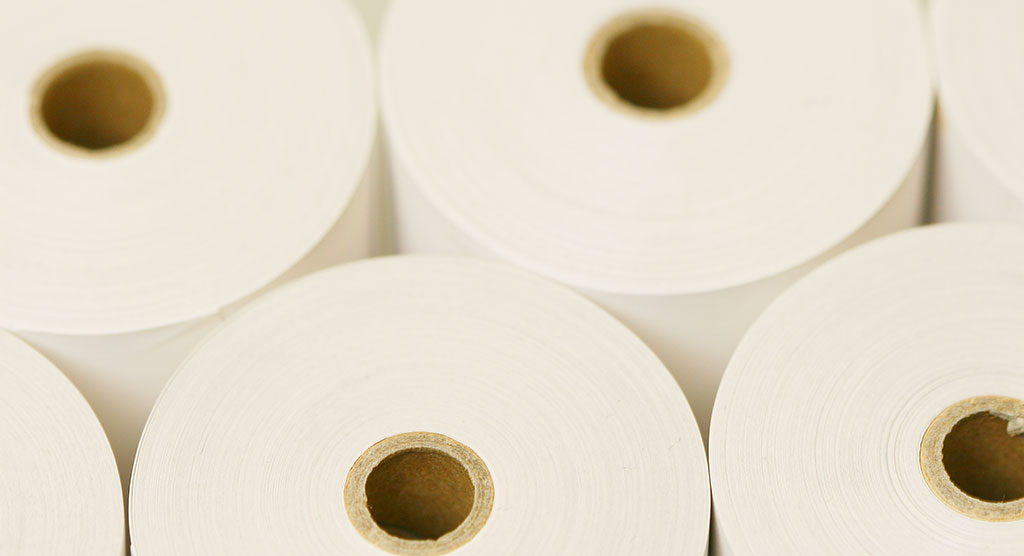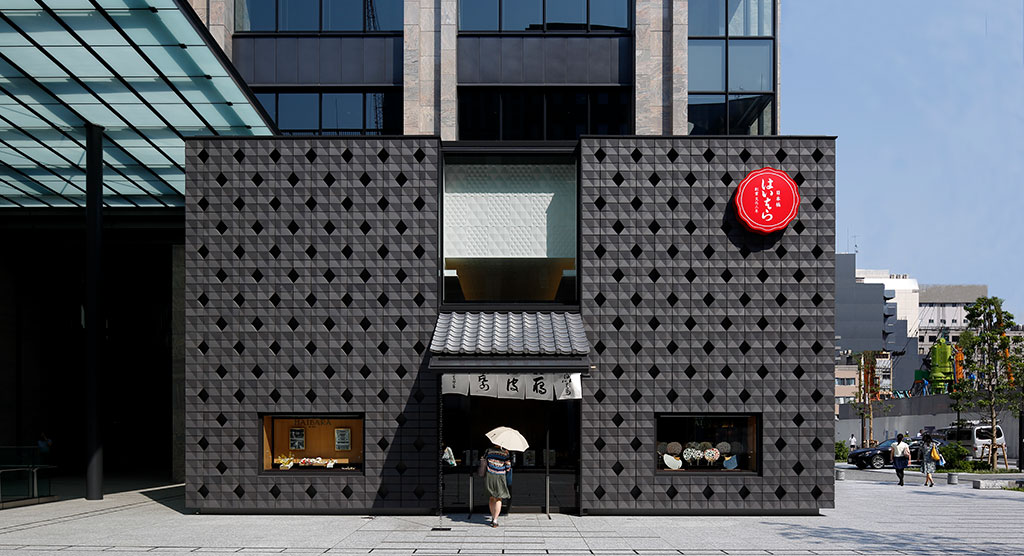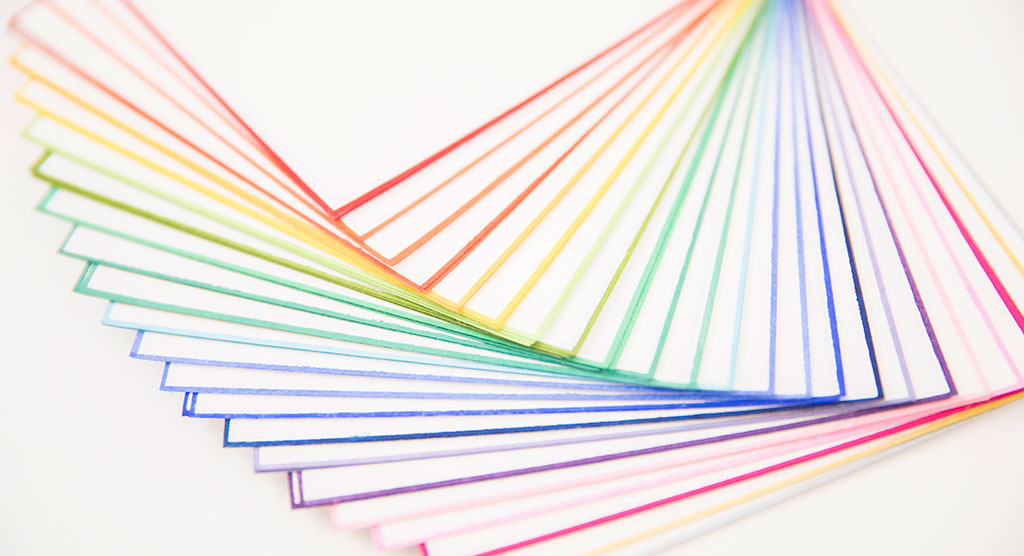Table of Contents
”Integrating fine art into everyday life”
Naojiro Haibara (Heizaburo Nakamura), the third-generation head of the family, had been passionate about the study and preservation of Japanese art since his youth. During the Meiji and Taisho periods, he was in close contact with a number of the most notable painters of the time.
What lit his heart was a strong conviction to connect people’s lives with the world of art. Motivated by this belief, the firm commissioned artists to create original drawings for Haibara products such as fans and letter paper, and supported their activities and lifestyles, thereby setting the groundwork for “Haibara design” that continues to this day.
The ten types of chiyogami designed by Gyokusho Kawabata, a master of Japanese painting in the Meiji era, are characterized by their delicate depiction, dynamic composition, and vivid colors. Zeshin Shibata , with his stylish and graceful portrayals, and Kawanabe Kyosai, with his flamboyant and gorgeous expressions, also created numerous designs, which continue to define the Haibara brand to this day.
His Imperial Highness Prince Arisugawa bestowed the honorary title “Shugyoku” upon the company in 1888 for its contribution to the interior décor of the new Meiji Palace, including the ceiling covering and wallpaper.
Shugyoku means “Haibara’s products are on a par with a jade collection.”
The calligraphy was composed by Tokugawa Ietatsu, the sixteenth Tokugawa family head.
Today, Haibara houses a significant collection of Haibara designs and other valuable washi paper- related items from all over Japan under the name “Shugyoku Bunko.” The fourth head of the family, Naojiro Haibara (Naojiro Nakamura), who compiled the collection, was a close friend of Yumeji Takehisa, a leading painter of the Taisho era (1912-1926). The trendy and modern Yumeji-designed washi accessories captured the attention of women and became immensely popular. Even now, many consumers adore them, describing them as “retro and adorable” and “charming.”
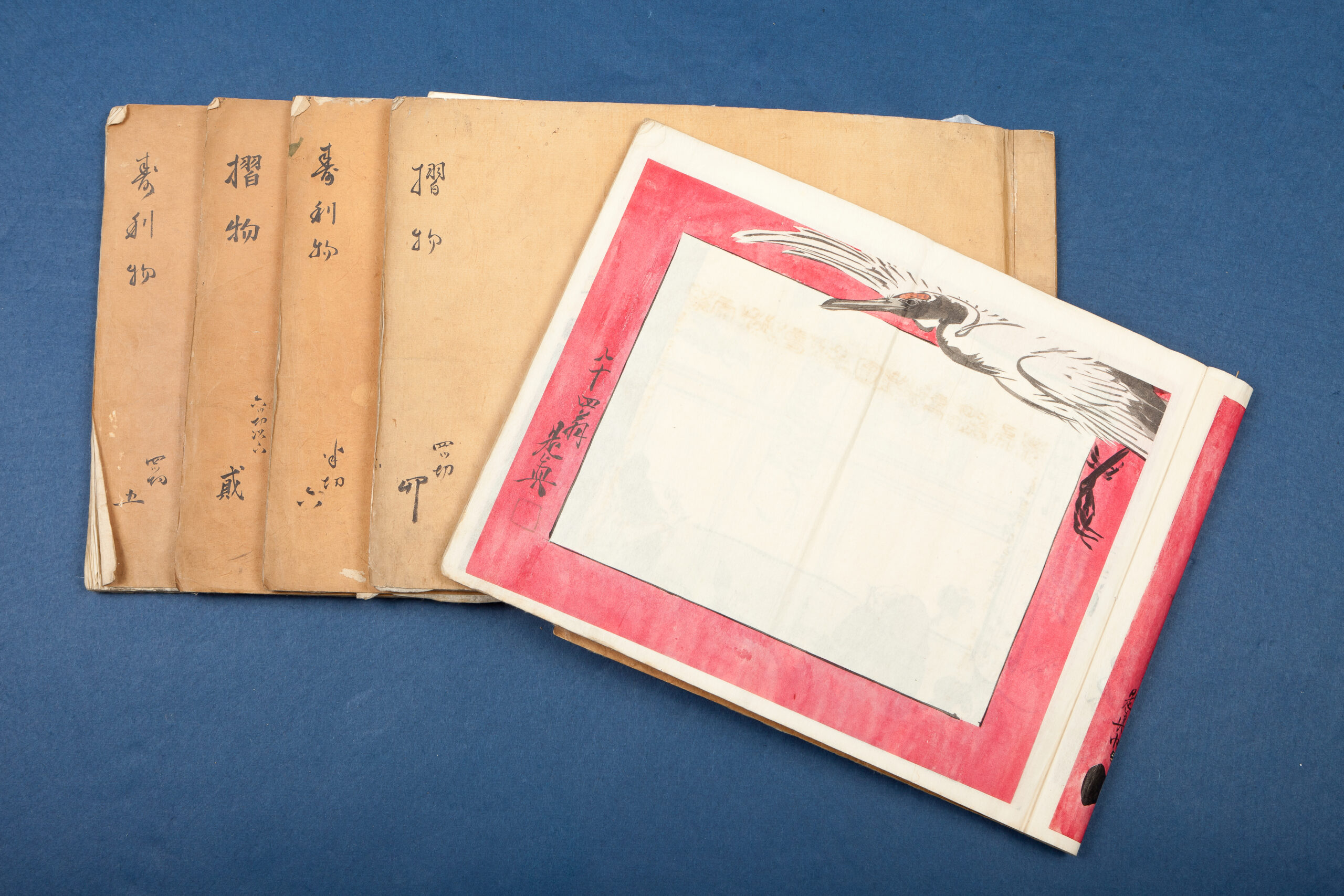
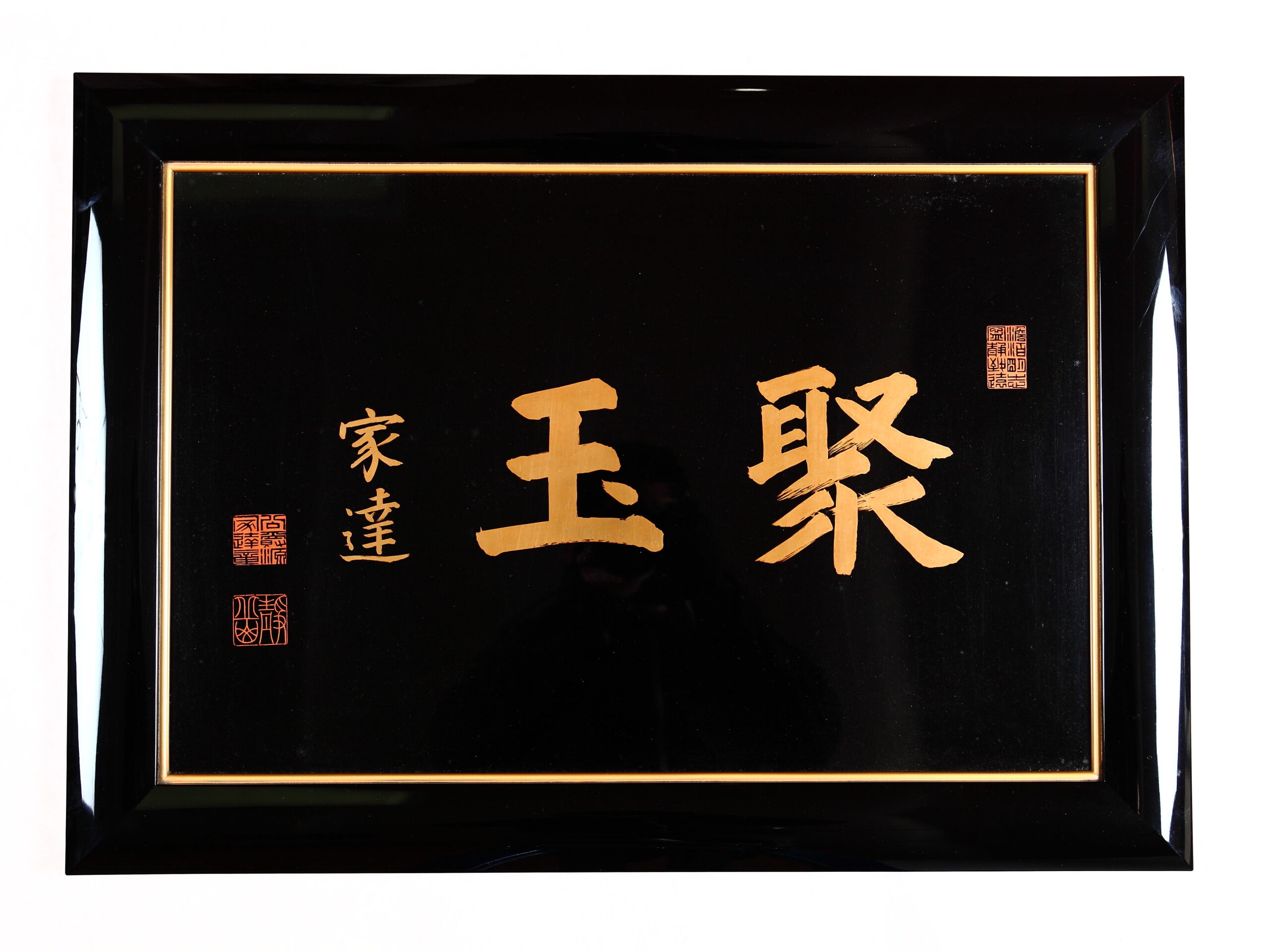
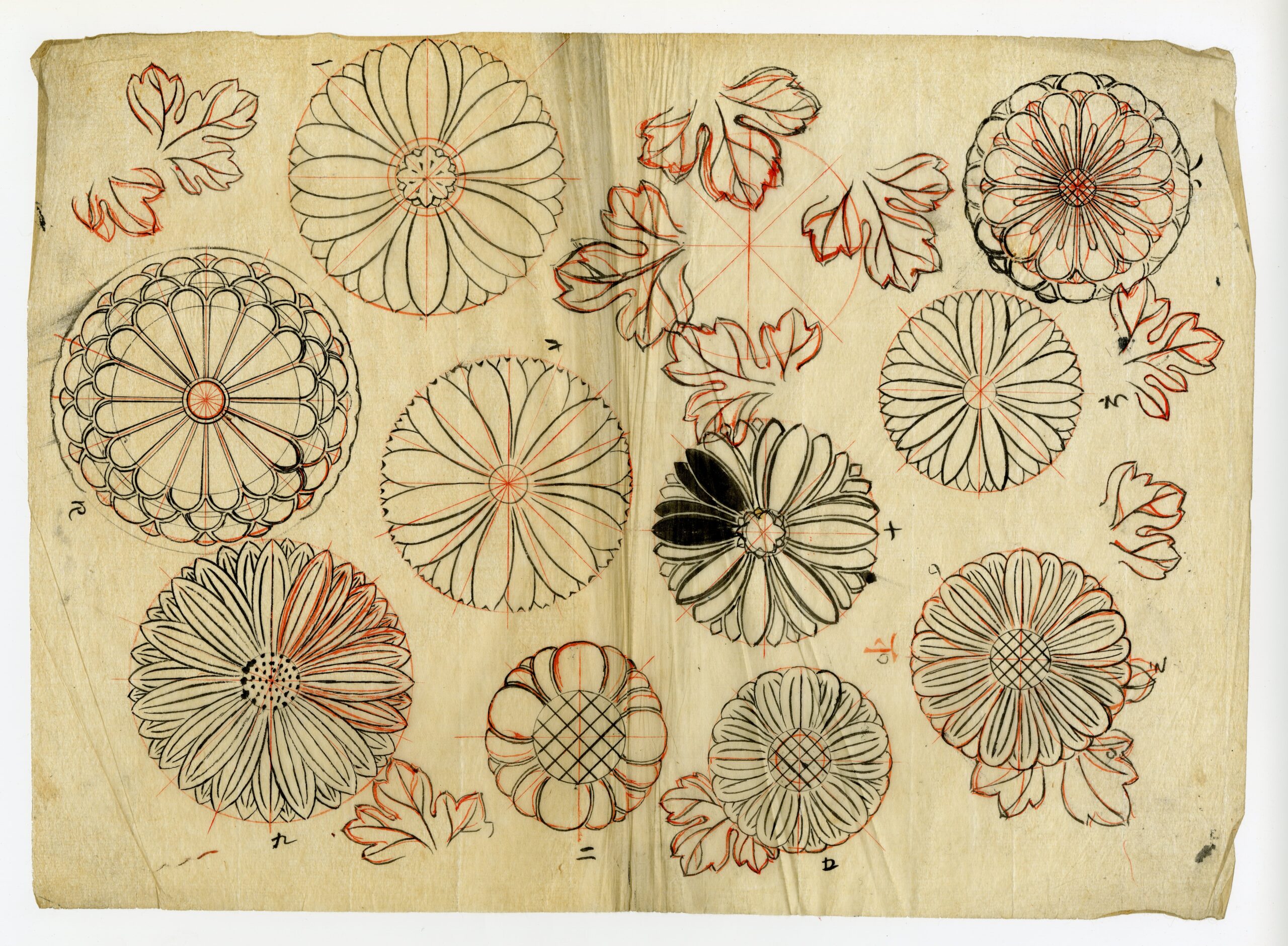
(From a collection of Shugyoku Bunko)
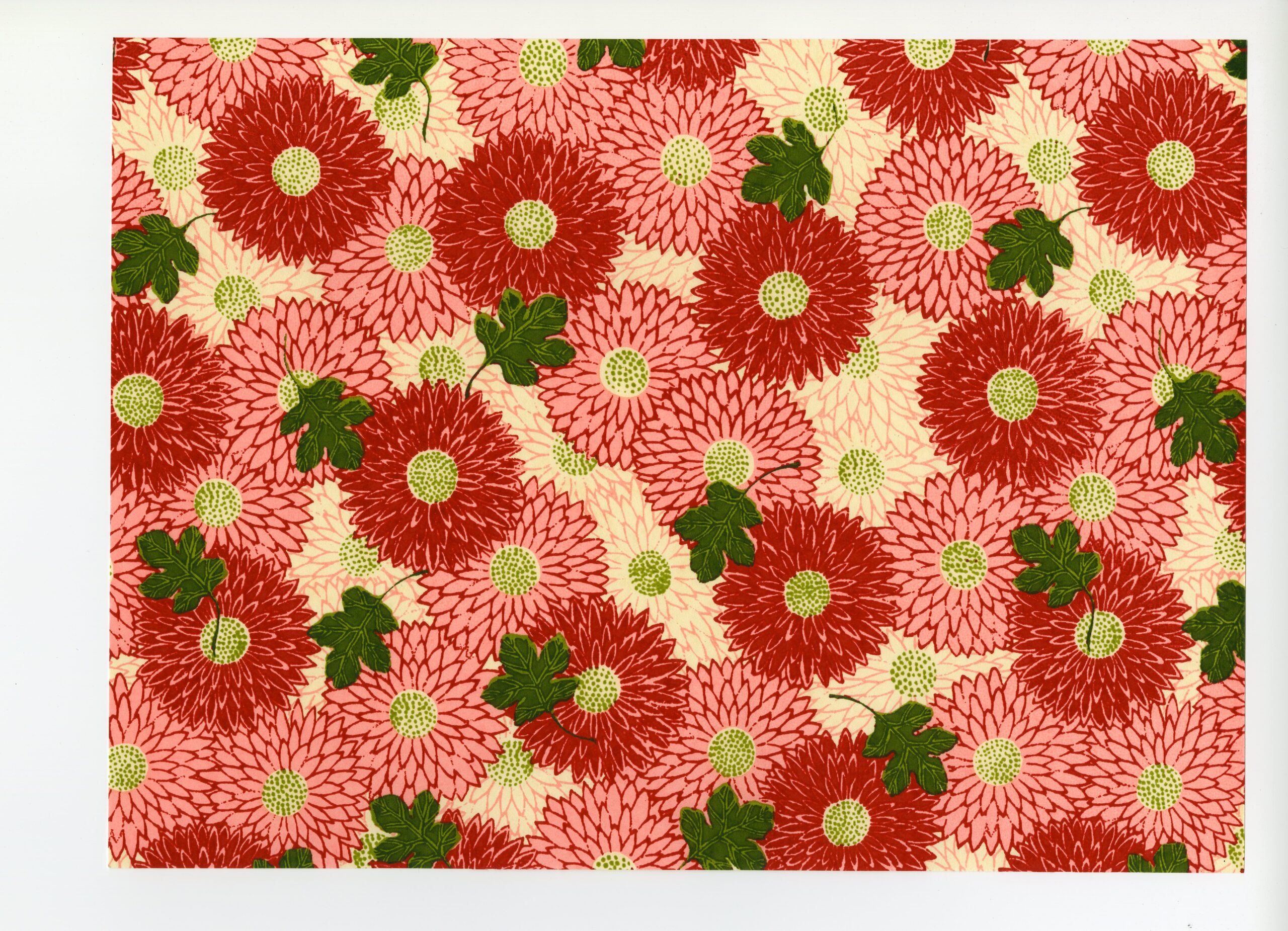
(From a collection of Shugyoku Bunko)

(From a collection of Shugyoku Bunko)
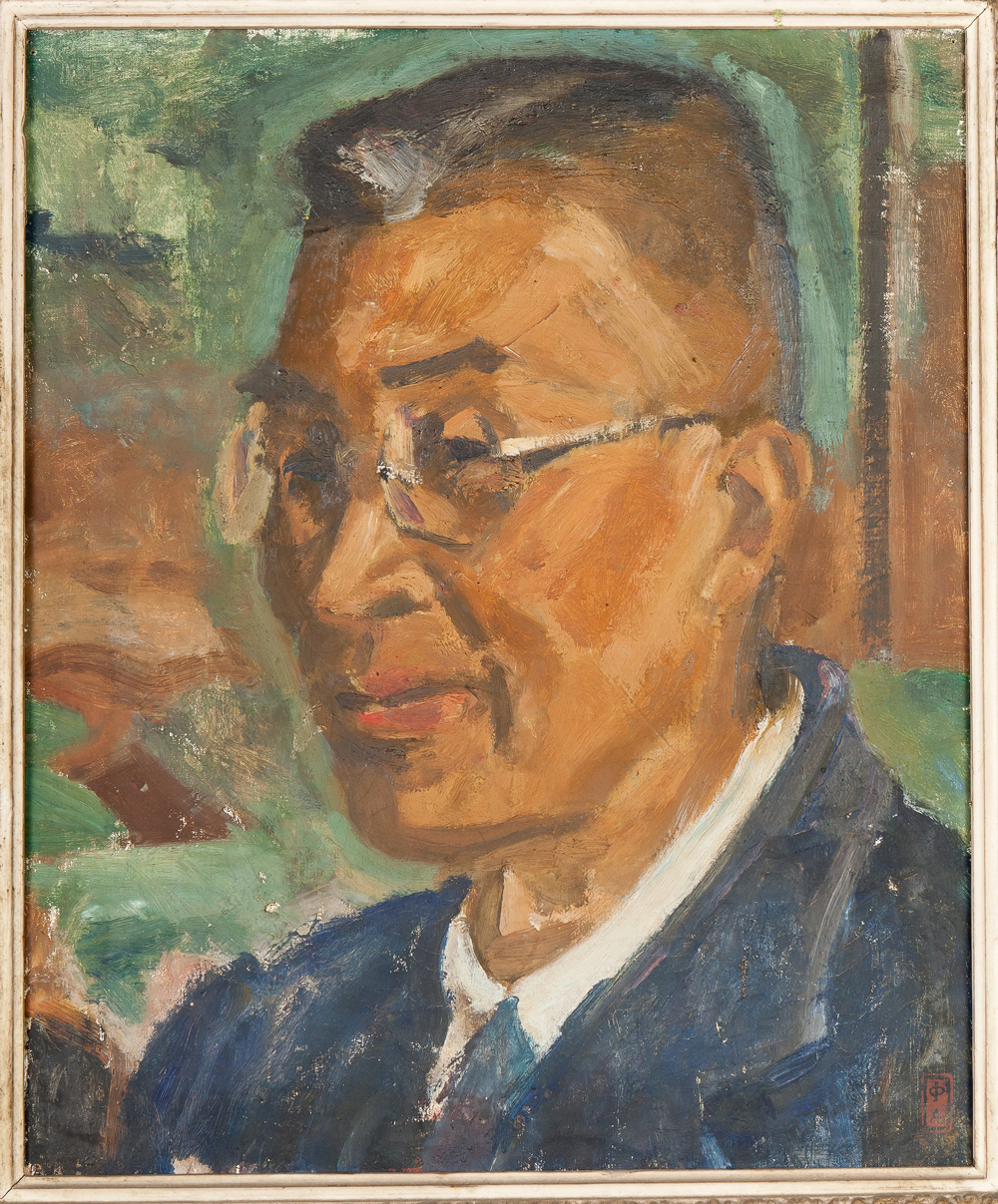
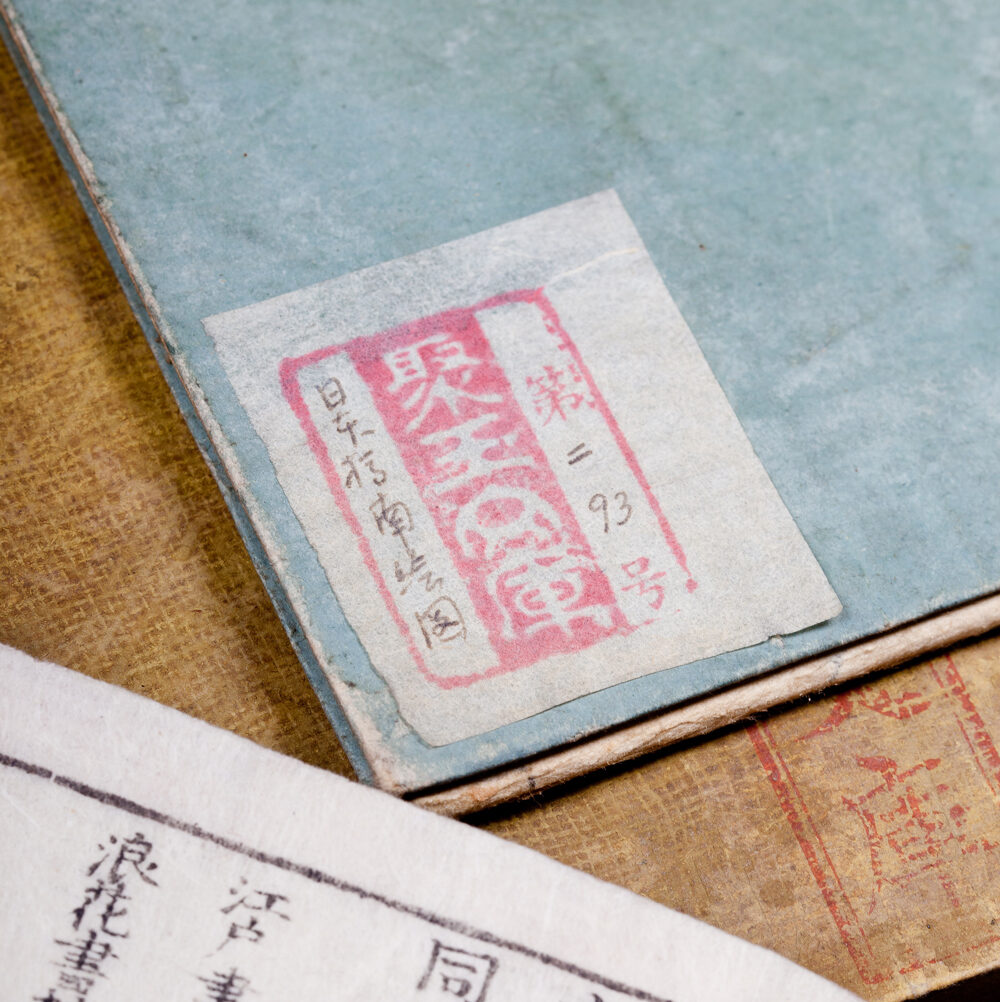
Haibara x Shugyoku Bunko
Passing on Japan’s beautiful paper culture to future generations. A priceless collection of Japanese paper
What is the collection of “Shugyoku Bunko”
“Shugyoku Bunko” is a valuable collection of Japanese paper that was amassed by the shop’s fourth owner, Naojiro Haibara (Naojiro Nakamura), out of his strong desire to preserve Japan’s exquisite paper culture for future generations. The collection contains historical documents such as surimono or woodblock printing, manuscripts, woodblocks, chiyogami, documents and manuscripts mainly from the Edo, Meiji, and Taisho periods. Although some of the artifacts and documents were lost due to the earthquake and war damage, the museum is committed to research and preservation efforts in order to hand down the old to the present and to the next generation.
Haibara x the first-class painters
Enrich your daily life. Appreciate “art” in everyday life.
Four distinguished artists who supported the Haibara design
“To create products that are not disposable and possess universal beauty” — This is the craftsmanship philosophy of Haibara. Products such as fans, chiyogami paper, letter paper, picture envelopes, and picture postcards are designed by top-notch artists who were close friends of the store owner at the time.
The following are some prominent artists who supported Haibara’s work.
Kyosai KAWANABE
Was a painter active between the end of the Edo period and the beginning of the Meiji period. He created the one-of-a-kind Kyosai world with his dynamic brushwork, exquisite detail, and diverse expressive power. Despite being the member of Kano school, he actively researched and adopted techniques from other schools, ukiyoe woodblock prints, Buddhist paintings, Western paintings, and other genres throughout his life.
Zeshin SHIBATA
Was an urushi lacquer artist and painter, who was active from the end of the Edo period until the beginning of the Meiji period. The allure of Zeshin’s paintings rests in their stylish subject matter and humorous tone. Although highly acclaimed as a painter, Zeshin earned recognition in Japan and internationally for his witty designs and urushi lacquer-working techniques that were the result of his exceptional skill. He gained many admirers as a maki-e lacquer-artist.
Gyokusho KAWABATA
Was a Japanese-style painter active during the Meiji period. He actively incorporated Western painting techniques into the traditional techniques of the Kyoto Maruyama School, and his style is marked by a sense of depth, achieved through the use of skilled brushwork and realism. Many of his works depict landscapes, flowers, and birds, and he has been described “the last master of the Maruyama School.” As a professor at the Tokyo Fine Arts School, he was also comitted to the education of younger artists.
Yumeji TAKEHISA
Was a painter representing the Taisho era and was active during the Meiji and Taisho periods. He was a versatile artist who was a poet, essayist, and Haiku poet. At the time, women were attracted by Yumeji’s world of lyricism and freshness. As a pioneer of modern graphic design in Japan, he influenced a great number of artists. He also designed book bindings, ads, and a variety of other products.
Yumeji was not only a designer for Haibara, but was also one of the customers who purchased the Japanese paper he used to create his works. It is reported that Yumeji had a close relationship with Haibara’s fourth-generation owner, Naojiro Haibara, who assisted Yumeji in leaving for Europe.
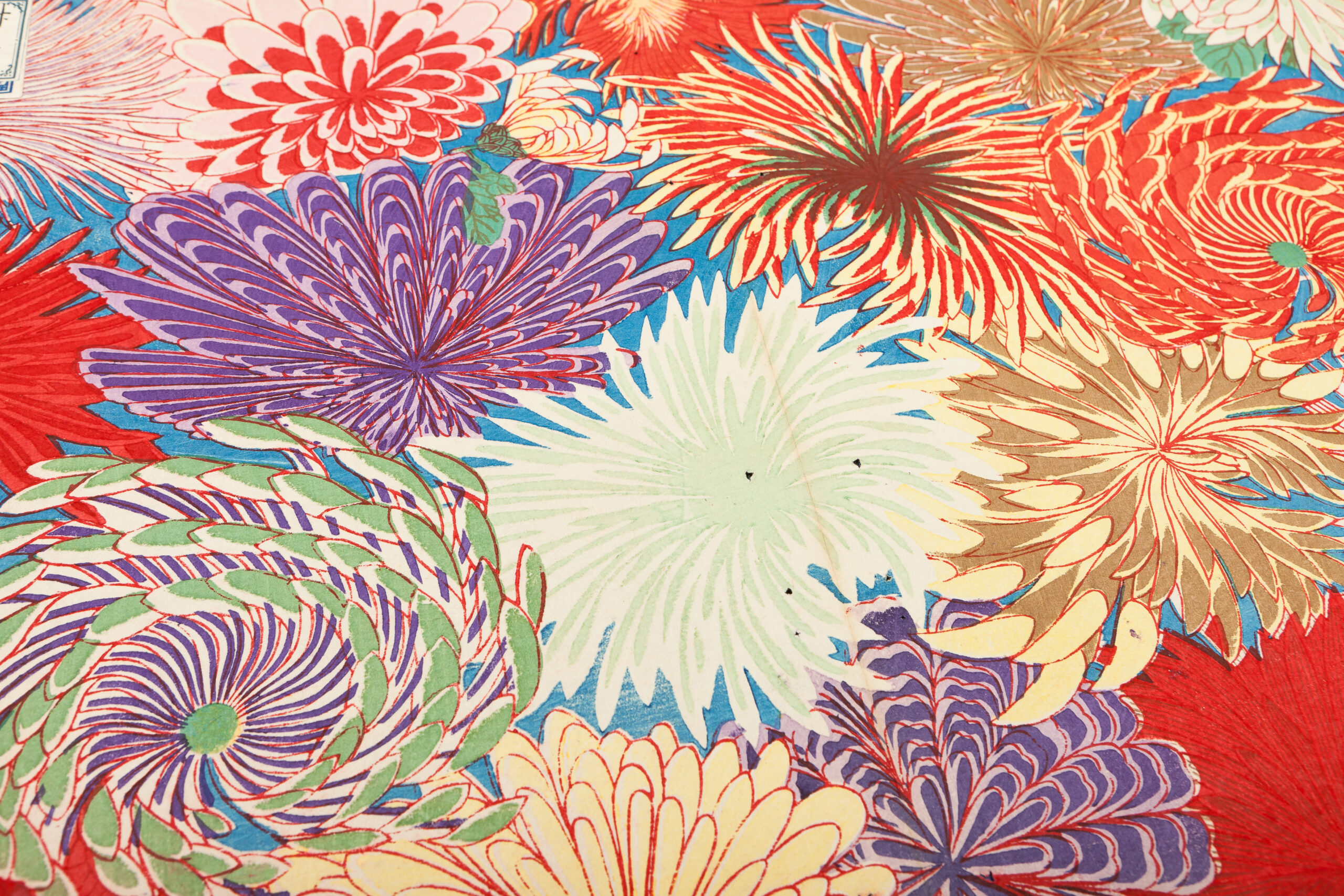
(From a collection of Haibara Bunko)
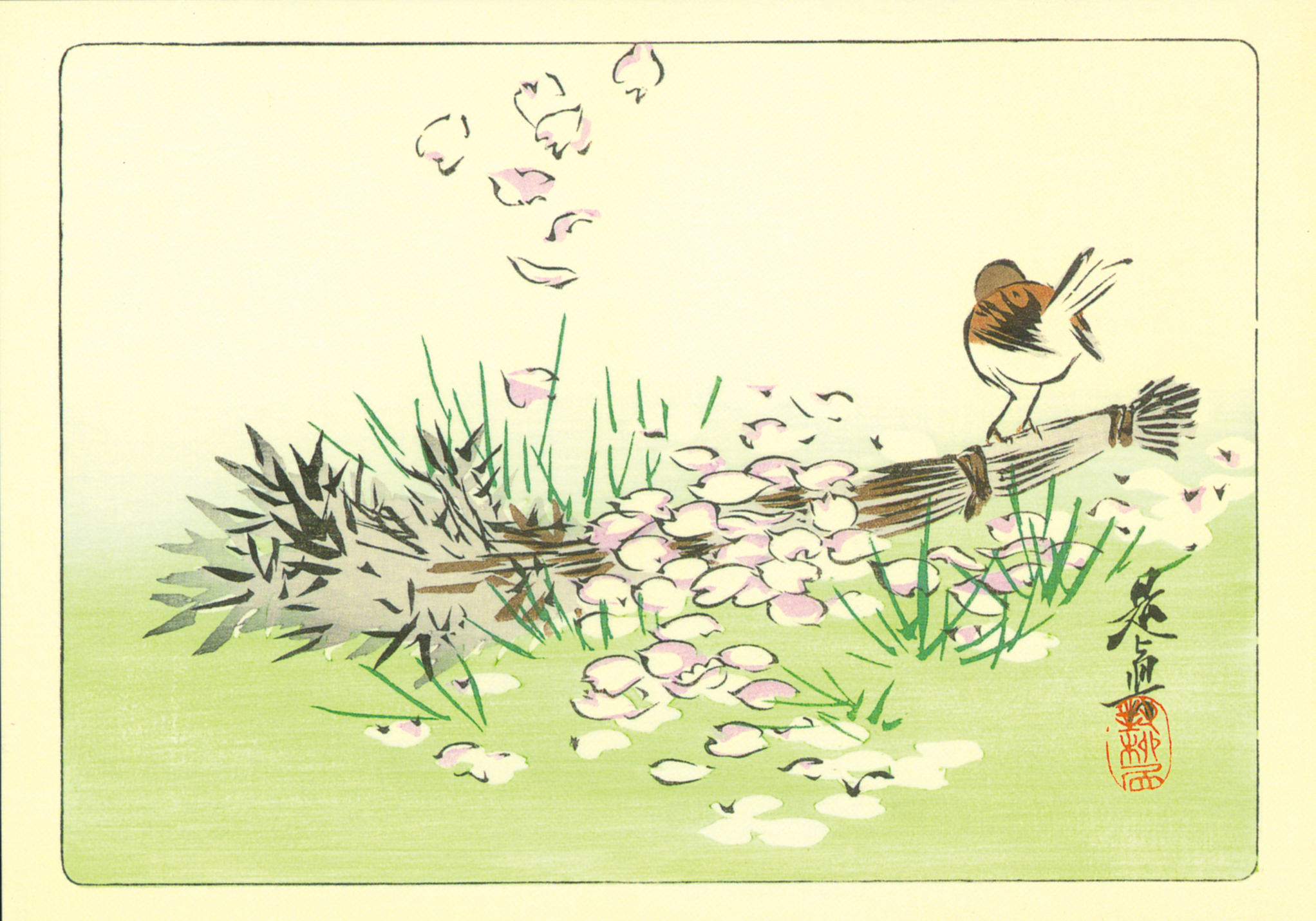
(From a collection of Haibara Bunko)
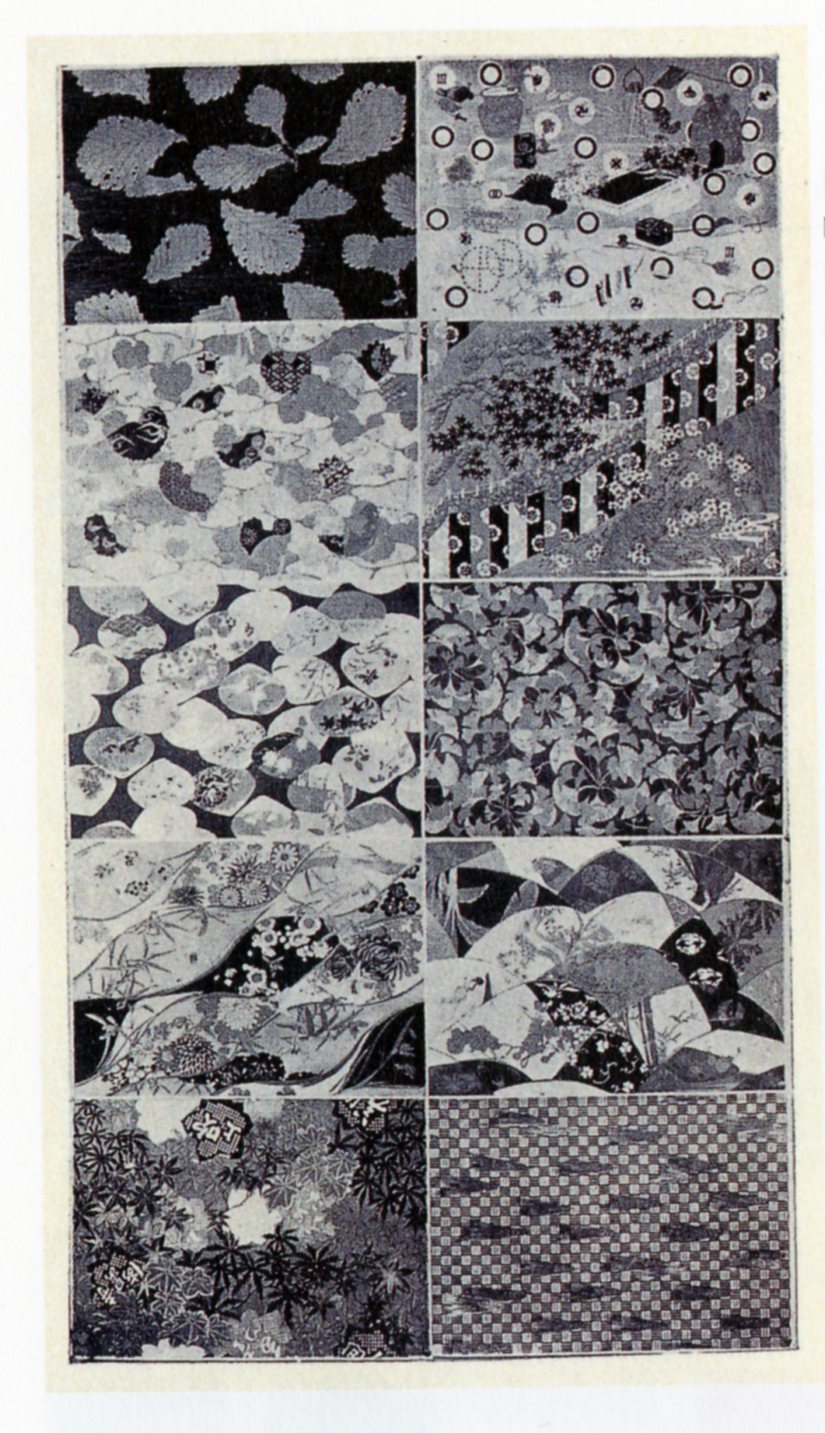
(From “Gigei no tomo” No. 3, issued on December 15, 1905)
(From a collection of the Shugyoku Bunko)
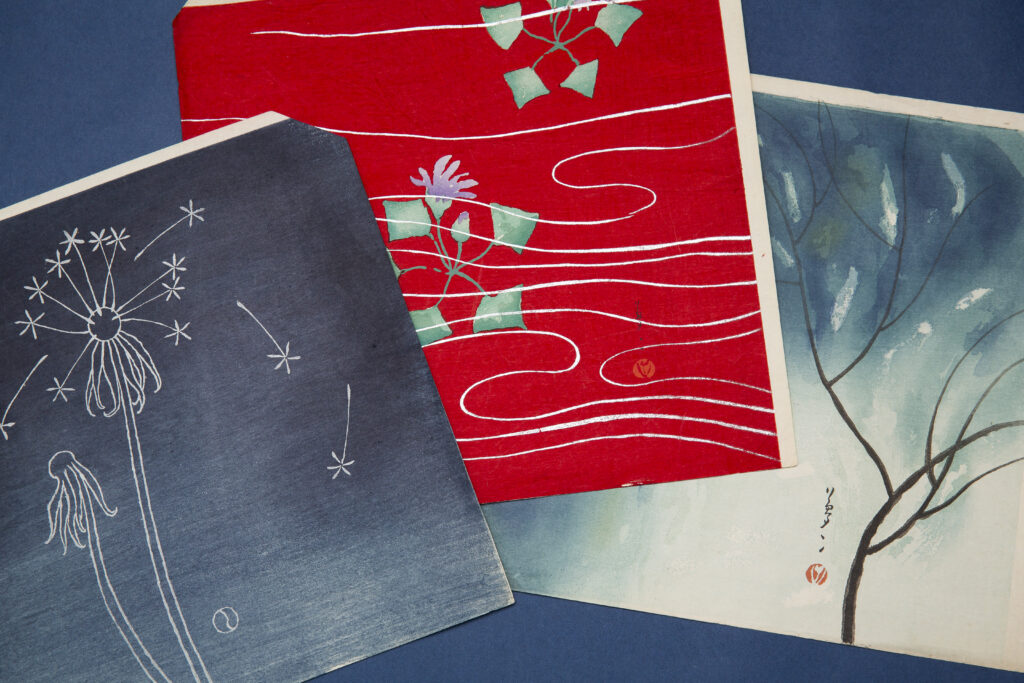
(From a collection of Shugyoku Bunko)














 Instagram
Instagram facebook
facebook X(旧Twitter)
X(旧Twitter) Youtube
Youtube note
note